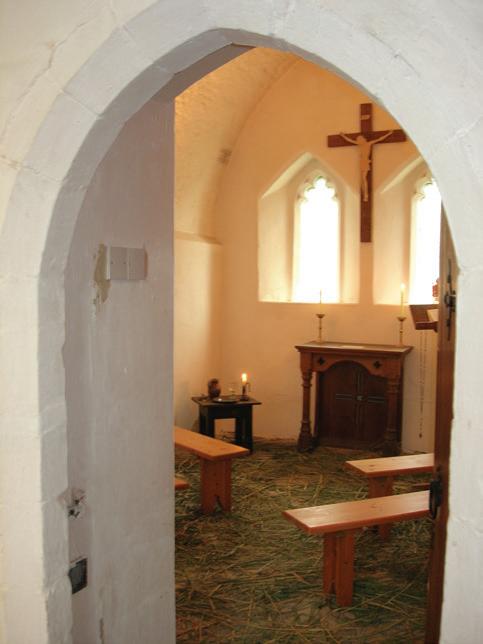
3 minute read
Nature
from Village Tribune 136
Surrounded by a mix of farmland, grassland and woodland and within a stone’s throw of 5 villages in John Clare countryside, Castor Hanglands National Nature Reserve (NNR) can reveal an astounding variety of wildlife should you choose to walk in and around it.
Advertisement
Red kites, once on the brink of extinction, are now one of the UK’s most successful reintroduction stories, after facing serious opposition from 19th century farmers and landowners, who unjustifiably saw them as a threat to their livestock. By the early 20th century, the UK breeding population was largely restricted to south Wales However, in 1989, a reintroduction program began. Through the 1990s and early 2000s, birds from continental Europe were released at a number of different sites across the UK, including Fineshade Wood, an RSPB reserve near Wakerley. There are now over 2,000 breeding pairs of Red Kites in the UK, and because of the releases at Fineshade Wood, they are now a common sight in the skies across the area surrounding the Hanglands and right across the fields of John Clare countryside. Despite its size, with a 1.5m wingspan, the Red Kite is less an active hunter and more of a scavenger. You would be hard pressed to take a walk in and around the Hanglands without seeing at least one of these majestic looking raptors, recognisable by its black wing tips and long forked tail. The Skylark also thrives around these parts. As its name might suggest, the male sings, not from a tree branch, but while hovering several hundred meters up in the air over arable fields and grassland. He will even continue singing while being chased by a bird of prey! “You can’t catch me!” Despite being a Red Data-listed bird (meaning numbers are threatened), the Skylark can be heard pretty much wherever there is an arable field around the Hanglands, and in fact across the whole John Clare Countryside area You are less likely to hear it now, unfortunately, in late summer, but there is another bird you can keep an eye and ear out for.
The Green Woodpecker The largest of the UK’s 3 woodpecker species, with (as its name suggests) green plumage topped with a red cap, the Green Woodpecker is rather unwoodpecker-like in its behaviour; rather than hammering away at tree trunks, it forages largely on the ground, digging for ants and other ground-dwelling invertebrates When walking around the Hanglands area, be sure to listen out for its loud, laughterlike call, known as a yaffle. And keep a look out for one in flight; its distinctive bounding flight pattern is unmistakeable. If you have a large lawn and a few large trees, you may even be lucky enough to see one in your garden.
I will leave you with a tip for your garden, which is after all part of the natural habitat for birds, small mammals and invertebrates: For those of you who keep nest boxes in your garden, be sure to clean them out at the end of the breeding season, as they can be a haven for parasites and diseases It is a simple enough procedure: just remove any nesting material left in the boxes, then pour boiling water straight from the kettle into their interior BUT do not do it just yet. In a good year, songbirds may have up to 4 broods so the nest boxes may still have chicks until the end of August. They may also be used by the smaller songbirds during winter as refuges from the cold. Put it in your diary or on the calendar with the best time to do it being autumn from late September onwards, through to mid-February, just before the breeding season starts again. Ready for the circle of life to continue.











